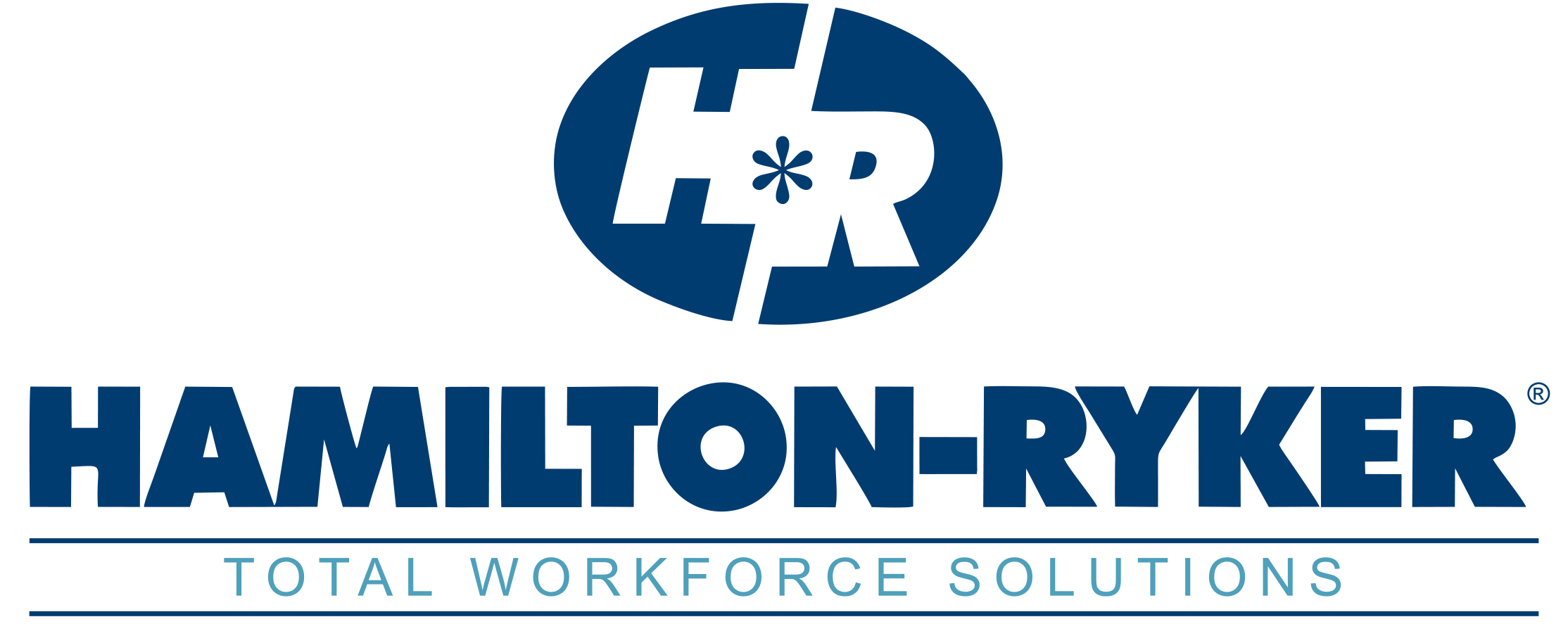2nd Shift Assembly
Job Description
Identify abnormalities and correct situations utilizing LELC problem solving skills and use countermeasures in order to remove waste and improve cost
• Act to meet Cell, Department and Plant goals
• Participate to ensure 5S/TPM activities are carried out
• Perform changeover and set up as required by Team Lead
• Perform error proofing, generate ideas and aid in the development of team members
• Identify methods to enhance and share team knowledge
• Participate in team meetings
• Promote a teamwork environment
• Support team (active and constructive role)
• Understand dept. responsibilities and roles
• Work from standardized work instructions and control plans
• May rotate stations and lines
• Understand and support Lock out/Tag out principles
• Perform specific procedures on equipment safety in cell/line/dept./plant
• Report safety issues
• Wear personal protective equipment as well as assisting to ensure all team members do as well
• Understand and utilize all Cell/Station Quality documentation
• Calibrate and Master gages and understand gaging qualification requirement
• Verify and document error proofing per schedule
• Report Quality issues promptly and assist in clean point creation
• Keep station and fixtures/tools clean and organized at all times
• Audit cells for 5S and other shift overlap standard work.
• Verify expected throughput and PPPH. Countermeasure and react as necessary to achieve goals.
• Note any 5S, quality, production issues. Check production sheets for accuracy and completion.
• Report on the status of line(s)/cell(s) as required by Team Leader.
• Ensure issues affecting the teams are on the End of Line Boards and that EOL board is up to date and accurate.
• Create and maintain a team atmosphere by setting the example, encouraging, and providing constructive feedback to team members.
• Encourage and set the example for standard work amongst team members.
• Able to fix minor problems on assembly line including the adjusting of some probes and sensors.
• Assist in the cross training for operators on different assembly lines.
• Training and evaluating future advanced operators.
• Identify repetitive failures or issues that impact the assembly line and/or implement corrective actions.
• Address and escalate concerns that impact delivery
#time123

